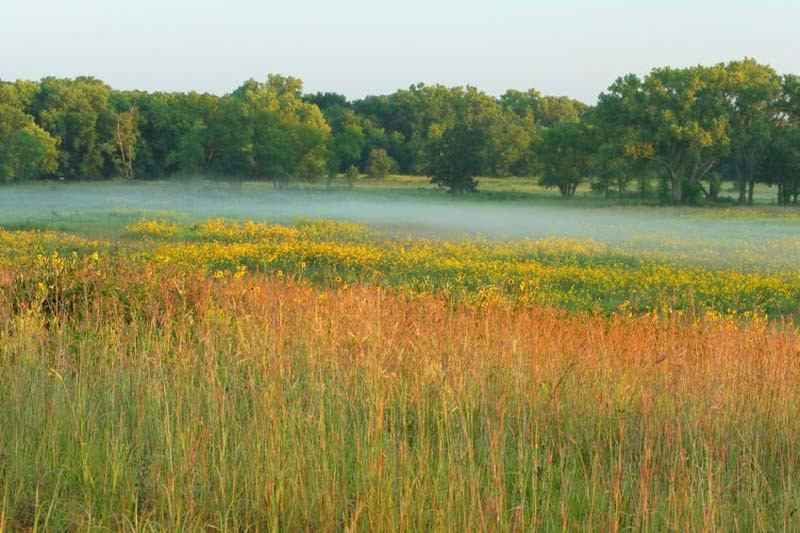Hardiness 4 - Expert Tips for Gardening Success
Gardening in USDA Hardiness Zone 4, where winter temperatures can reach -30°F (-34.4°C), requires a thoughtful selection of plants and adaptive gardening techniques. Here are expert tips for fostering a successful garden:
- Choose Hardy Perennials: Perennials such as daylilies, echinacea, and hostas are well-adapted to Zone 4 conditions. These plants add texture and color, returning year after year.
- Plant Durable Shrubs: Shrubs like hydrangea paniculata and viburnum add structure to your garden. Winterberry holly offers vibrant red berries that beautify your garden in winter and provide food for birds.
- Opt for Resilient Trees: Consider trees like the white birch or red maple, which withstand cold climates. Fruit trees, like apple trees suited for cold climates, can also be a great addition.
- Extend the Growing Season: Using cold frames or hoop houses can help extend the growing season and protect plants from harsh weather.
- Use Mulch for Plant Protection: Mulching helps insulate plant roots from extreme temperatures, retains soil moisture, and enriches the soil as it decomposes.
- Practice Good Water Management: Ensure proper watering as plants establish. Once established, they can typically tolerate more extreme conditions.
By utilizing these tips, you can create a thriving garden despite the challenging climate of Hardiness Zone 4.

